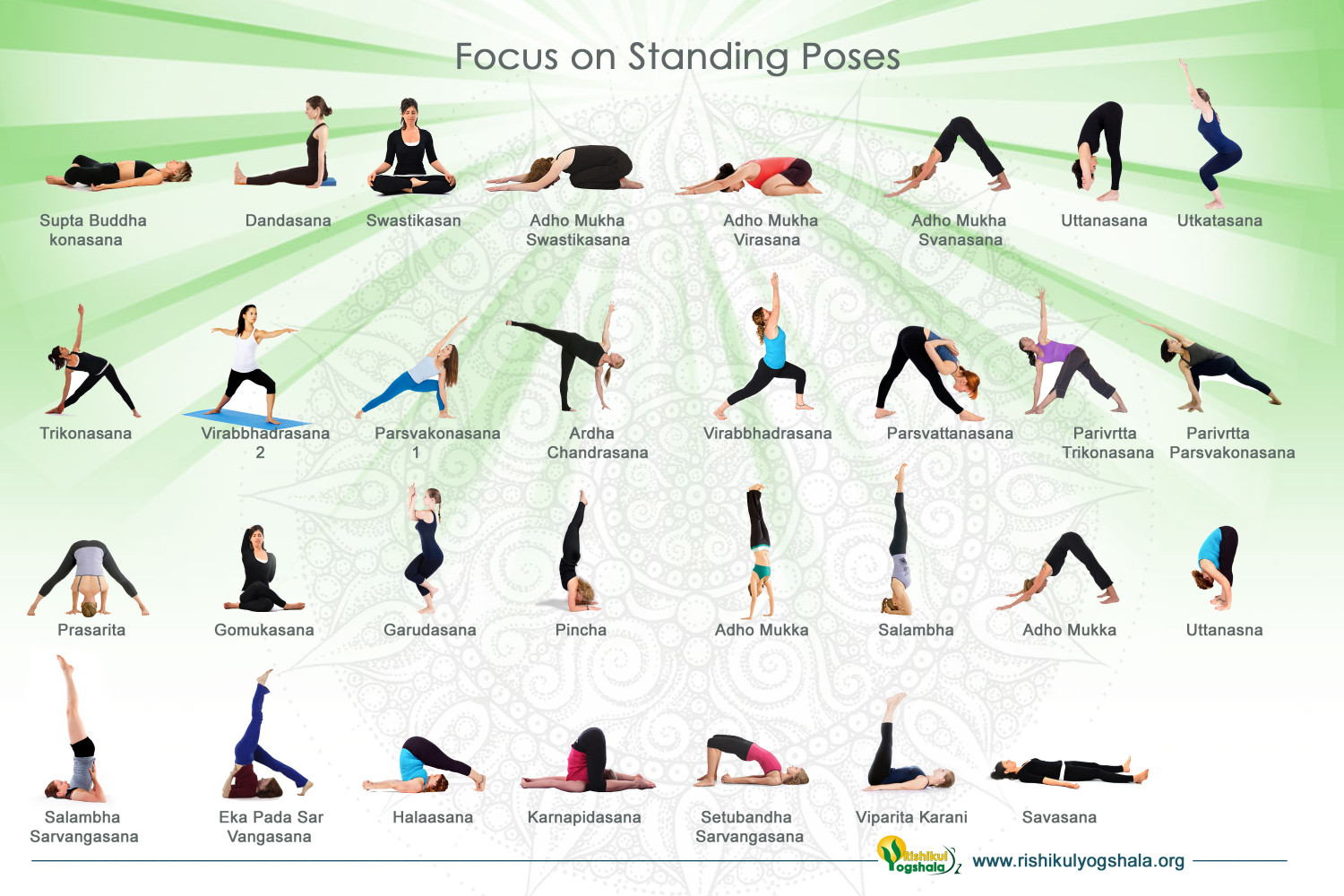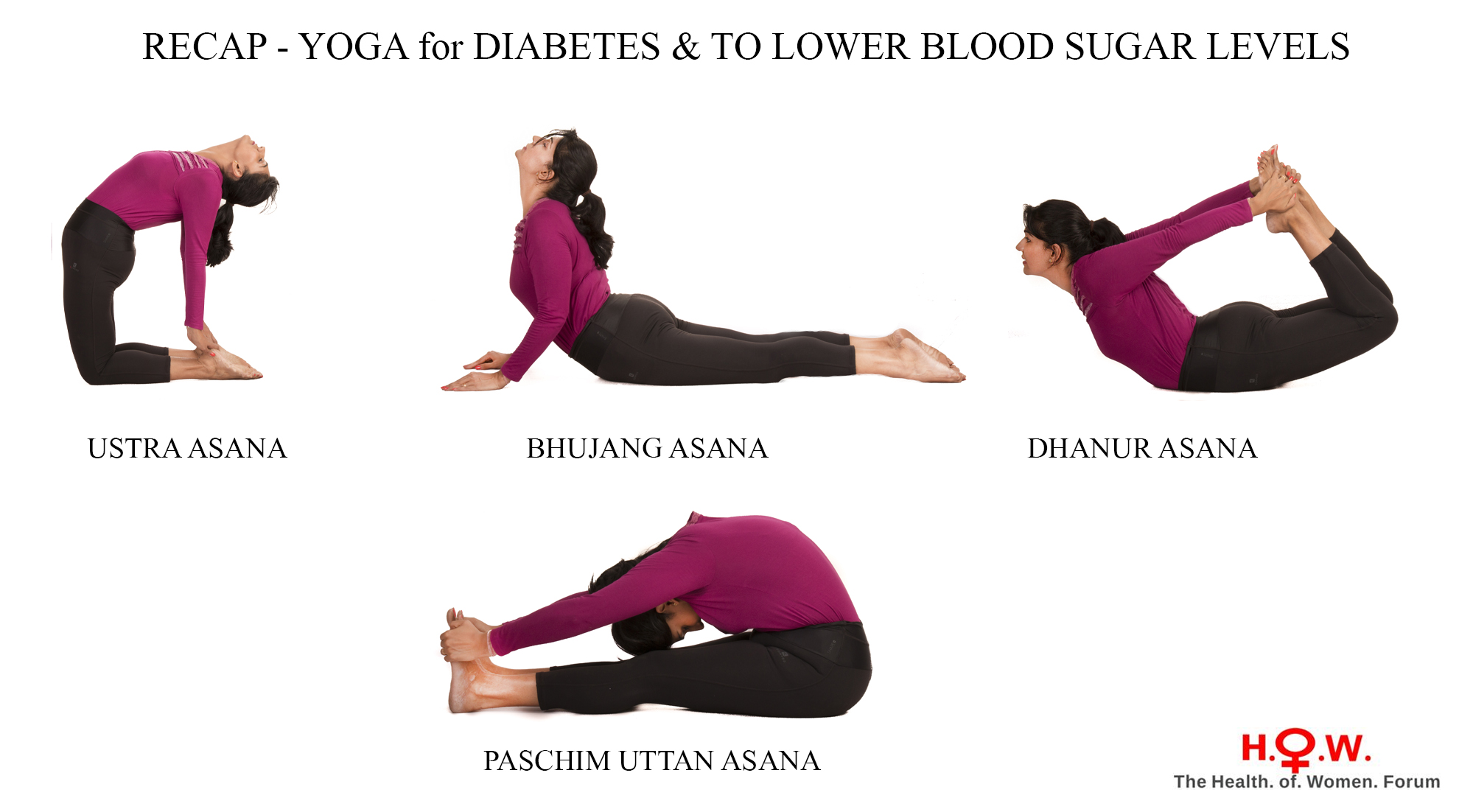
An individualized yoga practice can improve function, and reduce pain in arthritic legs. These benefits can be attributed primarily to the improvement in physical function and biomechanics. No matter what age or physical condition you are, the poses can be beneficial to anyone. They can also increase joint flexibility. Here are some yoga poses suitable for arthritis knees. Below are the most popular types of arthritis in knees.
One of the many benefits of yoga is its ability to help with pain management by increasing awareness of your breath. Yoga can also help you to increase strength and flexibility. Osteoarthritis sufferers must be mindful of their bodies. Yoga can offer a way to manage the symptoms. Research has shown that these techniques can help relieve pain. While yoga may not suit everyone, it is an option for osteoarthritis patients.

This exercise helps align the body, alleviates knee pain, and strengthens the calf muscle and hamstring muscles. It has also been found to lower blood pressure and regulate metabolic regulation. It is becoming a popular option for arthritis-related knee pain. Although it has many advantages, the research on its effectiveness has been inconsistent. The effects of yoga on physical function, pain, spiritual relaxation, and other aspects are not reliable. It has also been shown that yoga is not effective in arthritic knees or hips.
Yoga is a complementary treatment for osteoarthritis. According to Sharon Kolasinski from the University of Pennsylvania's clinical medicine department, yoga can have many benefits for patients suffering from arthritis. It is safe and enjoyable, even though it can be challenging for some to exercise regularly.
Setu Bandasana, or supported half moon pose, is one the most beneficial yoga poses for arthritis. Place your feet parallel to a wall with your legs while you are in this position. To achieve this pose, your right foot should be on the block. Next, bend your right knee. Then, lift your left leg and bend the leg with your left hand.

Asanas for arthritis knees aim to strengthen the hips, legs, and hands. Osteoarthritic knees asanas are designed to restore the natural position and function of the fingers and palms. Asanas that strengthen the quadriceps can decrease physical stress on the knee joint. Yoga can also be beneficial for your cardiovascular health. For people with osteoarthritis, yoga can be a useful complement treatment.
This yoga program is designed for people with arthritis in the knees. It can help reduce pain and improve leg strength. The exercises can be used by women suffering from osteoarthritis of the knee. Those with knee osteoarthritis should consult with a physician before beginning any exercise regimen. A specially-adapted yoga program for arthritis knees can be helpful in relieving pain and increasing strength.
FAQ
What is the best work out for men aged 40+?
The best exercise for older men is one that gives them more energy, and increases their stamina.
It is important that you note that people over 40 experience a decrease in testosterone levels, which results in lower sex drive.
This does not mean that you should stop engaging in physical activity. Studies have shown that some men can get more testosterone from regular aerobic exercise.
Aerobics can be a good way to improve your sexual performance.
What is a good schedule for a 7-day work out?
A seven-day exercise program should consist of three days per week of cardiovascular training (running, biking, swimming), two strength exercises (using free weights, weight machines), and one flexibility/core workout (yoga, Pilates). Each activity should be done at least once per week. The total time for each session should not exceed 45 minutes.
Cardiovascular Exercise: Running/Biking/Swimming
Your goal is to exercise at least 60 minutes each week. Try to do 75 minutes per semaine for the best results. Cardio exercises can increase blood flow and stimulate the growth of muscles.
Strength Training
While cardio exercises target the heart and lungs, strength training targets the muscles and bones. Strength training can help you burn calories even when you're not working out.
Flexibility & Core Workouts
Core and flexibility exercises are great ways of strengthening your whole body. Both yoga and Pilates are excellent options.
Is it possible to drink alcohol while training?
Yes. Alcohol increases energy expenditure, speeds up recovery times, and reduces soreness.
Additionally, alcohol can increase insulin sensitivity and make it easier to absorb glucose.
Alcohol can cause dehydration. This can slow down your metabolism. It can also decrease testosterone production, which can affect muscle-building ability.
Women shouldn't consume alcohol before exercising. Women who have consumed a lot of alcohol should wait at most 24 hours before working out.
Nursing mothers should abstain from alcohol as much as they can.
Men should limit their alcohol intake to just one drink each day.
How many calories do I need to eat each day?
It varies from one person to another. On average, between 2000 and 2500 calories a day. Based on your age, gender, height and activity level, you will need to calculate how many calories you require.
What diet supplement is best to lose weight?
It is important to exercise and eat right in order to lose weight. Some people find that certain supplementation can be helpful.
Research suggests that omega-3 fats may aid in weight loss. Omega-3s are essential fats that are important for brain function and cell membrane integrity. They're found in seafood like salmon, tuna, shrimp, and cod liver oil.
Research suggests that green tea may be beneficial in weight loss. Green tea contains catechins. These antioxidants may be able to increase metabolic rate and encourage weightloss.
Statistics
- 10 pounds in a month is likely during a lean bulking phase, especially for beginners. (muscleandstrength.com)
- Cardmembers earn 5% Back at Amazon.com with a Prime Credit Card. (amazon.com)
- Are You One of the 20% of Guys (mh.co.za)
- An estimated calorie range for moderately active adult males falls between 2,200 to 2,800 calories per day, depending on age. (eatright.org)
- Candidates and applicants must pass all four tests at 70% (minimum level) to graduate from Basic Deputy U.S. Marshal (BDUSM) Training. (usmarshals.gov)
External Links
How To
What nutrients does a person need every day?
For healthy growth and development, men need to eat a balanced diet. The body requires vitamins and minerals, protein, carbohydrates, fats (fats), water, fiber, as well other essential elements.
Also, the male body requires certain nutrients at specific times during the day. To give you an example, the body uses energy it receives from food to make hormones and antibodies. When you awake, protein is used by your body to build muscles or repair damaged tissue.
Your body stores extra energy as glycogen and breaks down fat at night. Your body requires fewer calories, but still needs enough nutrients. You can have a snack at night if you feel hungry.
When you work out, you need adequate levels of carbs and protein to fuel your muscles. Muscle soreness can occur if you work out hard.
To prevent this from happening, you need to consume carbs or protein within two hours. To get energy from glucose, your body will start to degrade stored glycogen.
You must also eat protein right after you finish your workouts. This will prevent muscle tissue from being damaged while you sleep.
Lactic acid is produced by the body during periods of intense exercise. It builds up in your bloodstream, which can lead to fatigue. You can avoid this by eating carbohydrates-rich foods like fruits and veggies.
Carbohydrates are a good source of energy to help you recover from hard exercise.
Your diet may include lean meats like fish, eggs, milk cheese, yogurt or beans as well as lean proteins such as fish, eggs, egg yolks, cheese, yogurt, bean, peanuts and seeds.
All these foods are high-quality sources of protein. Protein is important for muscle growth and repair. Protein provides the amino acid your body needs for testosterone and sexhormone production.
You also need enough dietary fats to maintain good skin, hair, nails, and joints. Healthy men require between 20% and 35% of total caloric intake from fat.
Fat protects your heart from cancer and keeps it strong. It helps keep your brain working properly.
You can get most of the fat you need from vegetable oils like olive oil, sunflower oil, corn oil, soybean oil, peanut oil, and safflower oil.
These oils are high in monounsaturated fatty acids (MUFAs). MUFAs reduce cholesterol and inflammation. They also protect your cells from damage caused by free radicals.
Saturated fats are found in animal products including meat, dairy products, butter and other dairy products. SFAs can raise LDL ("bad") cholesterol levels and increase triglycerides. They can also increase weight and reduce belly fat.
Plant-based oils such as vegetable oil, nuts, seeds, or grains are rich in polyunsaturated fats (PUFAs). PUFAs reduce inflammation and improve cardiovascular function. They can also control blood sugar levels and cholesterol.
Low HDL ("good") cholesterol can lead to erectile problems in men. High consumption of saturated fats increases bad cholesterol, which lowers the level of good cholesterol.
Men who eat large quantities of red meats or pork may develop prostate problems. When heated, nitrates are converted to nitrosamines. These compounds can cause cancer.
Most processed meats contain nitrites or other harmful chemicals. You should avoid them.
The American Heart Association recommends limiting red meat intake to two meals per week. Instead, choose poultry, fish, legumes, tofu, whole grain bread, and cereals.